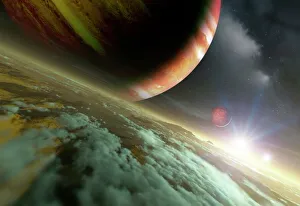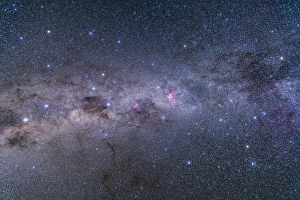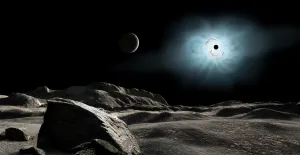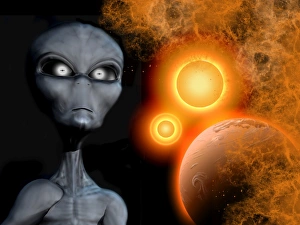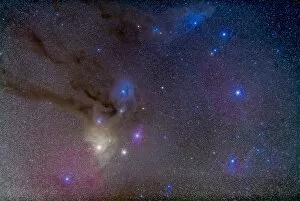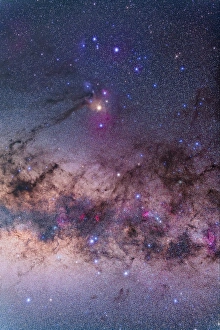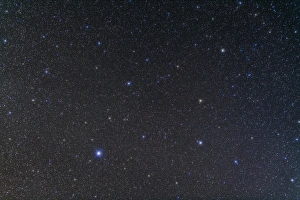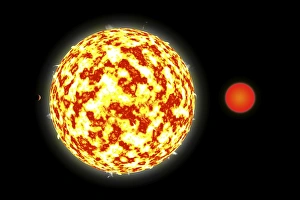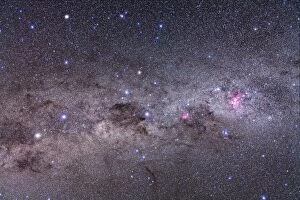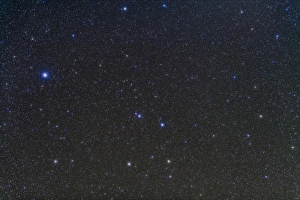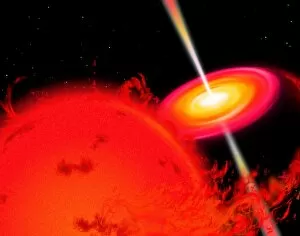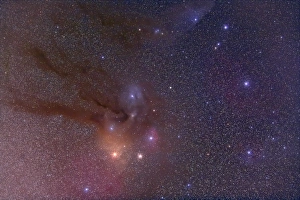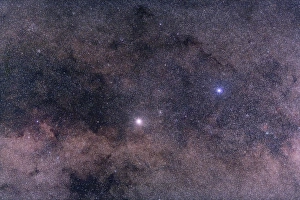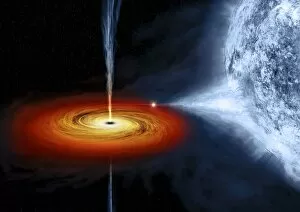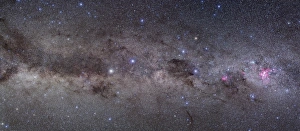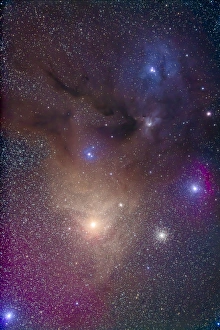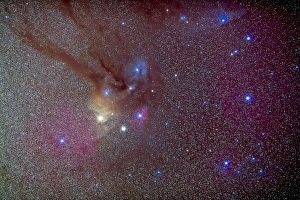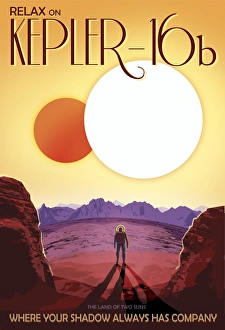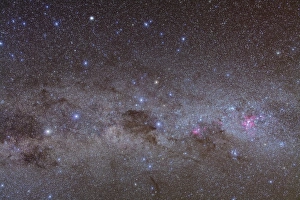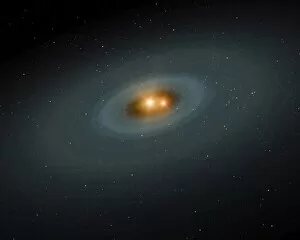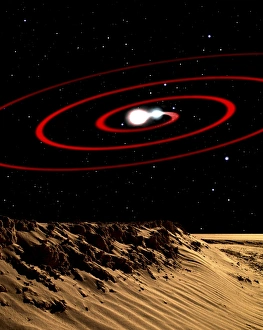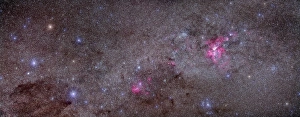Binary Stars Collection
"Exploring the Celestial Dance: Unveiling the Enigmatic Binary Stars" The bright star Rigel eclipsed by a moon of a hypothetical planet
All Professionally Made to Order for Quick Shipping
"Exploring the Celestial Dance: Unveiling the Enigmatic Binary Stars" The bright star Rigel eclipsed by a moon of a hypothetical planet: Witnessing celestial wonders as Rigel surrenders its radiance to an enchanting lunar eclipse. Alpha Centauri binary stars and planets: A cosmic symphony unfolds in Alpha Centauri, where twin stars harmonize with orbiting worlds, captivating astronomers' imaginations. A Grey Alien from the Zeta Reticuli binary star system: Journey into the mysterious realm of Zeta Reticuli, where extraterrestrial enigmas may await amidst its dual stellar companions. The area around the head of Scorpius: Gaze upon Scorpius' majestic crown, adorned with celestial jewels that illuminate our night sky's southern realms. Scorpius with parts of Lupus and Ara regions of the southern Milky Way: An awe-inspiring panorama reveals nature's artistic brushstrokes across Lupus, Ara, and Scorpius—a visual feast for stargazers in the Southern Hemisphere. A debris disk around an unusual class of interacting binary stars: Delve into a mesmerizing spectacle as peculiar binaries create ethereal disks—remnants of their cosmic encounters—unraveling secrets yet untold. The constellation of Virgo: Embark on a journey through Virgo's celestial tapestry—an expanse teeming with galaxies and cosmic marvels waiting to be discovered. Artist's depiction of a binary star system with a close orbiting planet: Immerse yourself in an artist's vision—a breathtaking portrayal capturing the intimate dance between two suns embracing their planetary companion nearby. Southern Milky Way with Eta Carinae, Crux, and Alpha & Beta Centauri.

